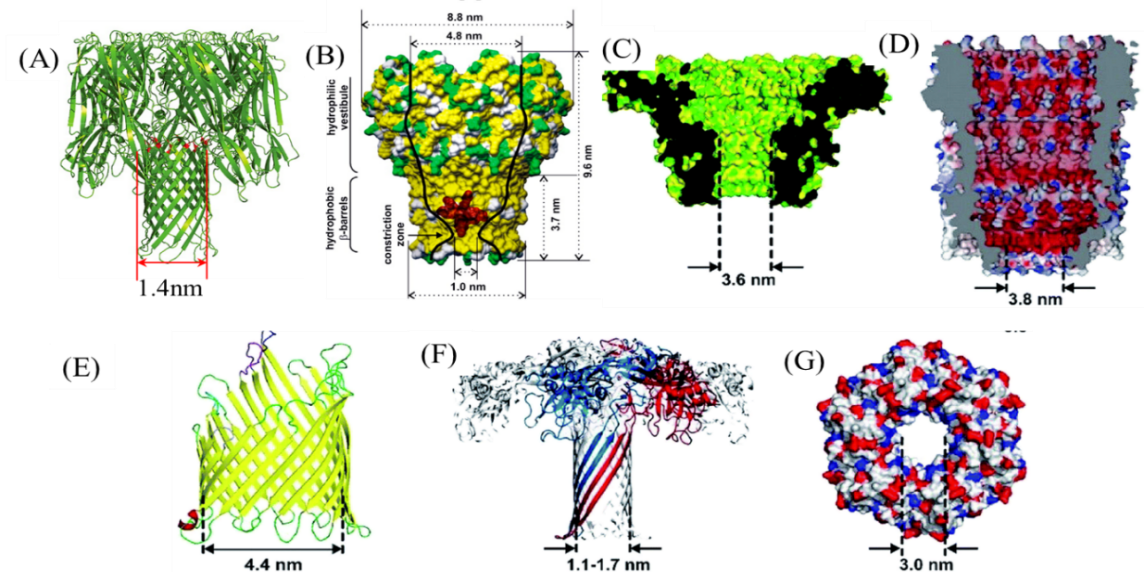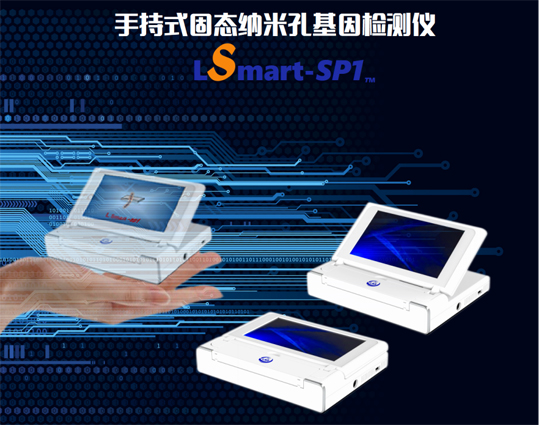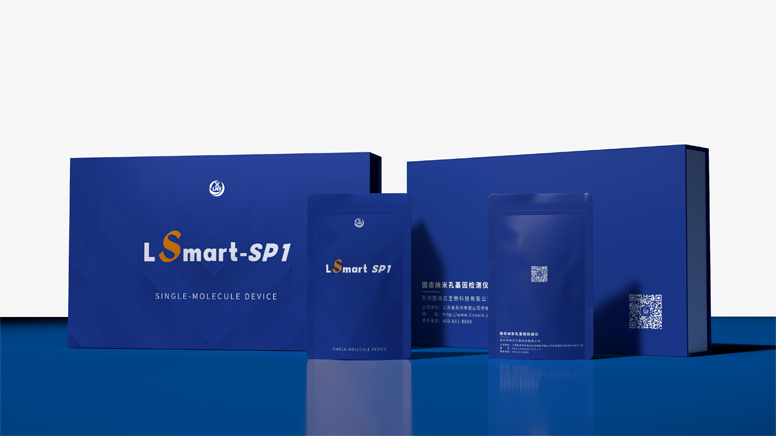The limitations of traditional sequencing
With the gradual maturity of genetic testing technology and products, there is a huge potential market space for China's genetic testing industry. Due to the high precision and cost of first generation sequencing, it cannot be commercialized on a large scale. Compared to first generation sequencing, second-generation sequencing still relies on PCR and NGS from over a decade ago. Although it reduces sequencing costs and occupies 80% of the DNA sequencing market, it has lost its most important application scenarios due to its large instrument size, high sequencing costs, and long sequencing time. Third generation sequencing, represented by Pacbio, also known as single-molecule sequencing, is characterized by long read lengths, but the cost is much higher than second-generation sequencing and lacks market space. Nanopores are considered one of the fast, high-throughput, ultra-high read length, label free, amplification free, and single-molecule detection technologies. More importantly, they can accurately analyze DNA without losing any useful structural and kinetic information, making them a dual spanning single-molecule sequencing method from optical detection to electron conduction detection.
What is nanopore?
Small holes with diameters in the nanometer range are called nanopores. At present, nanopores are divided into biological nanopores and solid-state nanopores. Due to the influence of physical properties, the accuracy of biological nanopores cannot reach high standards, and the production and storage costs of protein pore arrays are high, resulting in high sequencing costs.

Figure 1 (A) Alpha hemolysin nanopores (B) MspA Mycobacterium smegmatis porin A (C) Phage phi29 connector (D) ClyA (E) FhuA (F) Aerolysin (G) SP1
Biological nanopores
With the advancement of technology and the continuous maturity of micro nano operation processing technology, silicon substrates and silicon nitride thin films prepared by low-cost semiconductor processes, solid-state nanopores can be reused. Through large-scale production, the cost of single sequencing can be further reduced. Compared with biological nanopores, solid-state nanopores are widely used in the fields of medicine, biology, agriculture, national defense and security at the single-molecule level due to their chemical and thermodynamic stability, easy processing and mass production, and easy control of pore size. They have broad market prospects and are recognized by the industry as the future development direction of the sequencing field.

Figure 2 Solid state nanopore array
The great prospects of solid-state nanopore applications
The estimated market size of gene sequencing in 2020 is 13.8 billion US dollars, and nanopore sequencing is the key to the trillion dollar "precision medicine" market in the future.
The biggest highlight of the application prospects of solid-state nanopores is their high accuracy, long length, integrated array, portability, and low cost for human whole genome sequencing, this feature will reshape the existing pattern of the sequencing industry, driving hundreds or thousands of downstream sequencing technology service companies, biopharmaceutical companies, clinical diagnosis and genetic testing, and activating trillion dollar application markets.
Solid state nanopore sequencer is at the top of the industrial value chain and a key link in genetic testing, with high technological barriers
In this context, Linaxin is targeting the solid-state nanopore gene detector and tumor early screening detection technology at the top of the industry chain. Linaxin has successfully developed the fourth generation solid-state nanopore gene detection technology through technological innovation, which not only realizes the localization of solid-state nanopore gene detection instruments from solid-state chips, micro/nanofluid devices, signal processing, and algorithms, but also accumulates a large amount of solid experimental data.

The advantages of solid-state nanopore gene detection using 'Lina Xin' technology,
1. No temperature control required, precise size 2-100nm adjustable nanopore;
2. High throughput, miniaturization, portability, and ultra fast;
3. It can produce 256 samples of detection data per hour, with a single accuracy rate of 95% and a consistency accuracy rate of 99.95%;
4. No amplification or fluorescence labeling is required;
5. Solid state nanopore chips are stable, detachable, and reusable, with a single use cost of less than 100 yuan;
Equipped with proprietary chip Cell-231/241 and matching reagent kit

The market for the widely used second-generation sequencing machines is mainly dominated by foreign large enterprises such as Illumina and Thermo Fisher, forming a high price monopoly situation. However, most domestic genetic testing companies are located in the middle and lower reaches of the industry chain, and the high price monopoly in the upstream restricts the development of the middle and lower reaches, which is not conducive to their market bargaining.
Given the crucial role of the trillion dollar "precision medicine" market in the future, the high-tech barriers in the upstream sequencing industry, and the independent control of gene information security and core key technologies, it is inevitable that domestically produced sequencing machines will replace imported ones. Disruptive sequencing technology is expected to bring gene sequencing into the era of precision medicine. Nanopore technology has been included in the 863 and 973 projects, as well as major national projects. From the processing and preparation of nanopore biochips to micro/nano fluid equipment, DNA molecule detection has achieved intellectual property independence domestically, solving bottleneck and international monopoly problems.
With the innovation of Linaxin's fourth generation solid-state nanopore gene detection technology, China will overtake in the curve of fourth generation sequencing technology, break the monopoly pattern of foreign companies, and enable the gene sequencing market to develop at an unprecedented speed.
In the future, early screening of cancer, tumor associated diagnosis, rapid diagnosis of pathogenic microorganisms, whole genome research on gut microbiome, and health check ups for citizens will be revolutionized by low-cost and efficient fourth generation solid-state nanopore detection, making gene sequencing related application scenarios within reach.
Domestic Solid-State Nanopore Sequencing Makes a B...2025-11-04

Solid-State Nanopore Technology Usheres in a Criti...2025-11-04

Linaxin collaborates with Linyi Working Committee ...2025-07-24

Linaxin and Zhejiang Qianjifang have reached a str...2025-07-24

The project of Linaxin and Zheng Zheng Hospital to...2025-07-24

 WeChat service account
WeChat service account